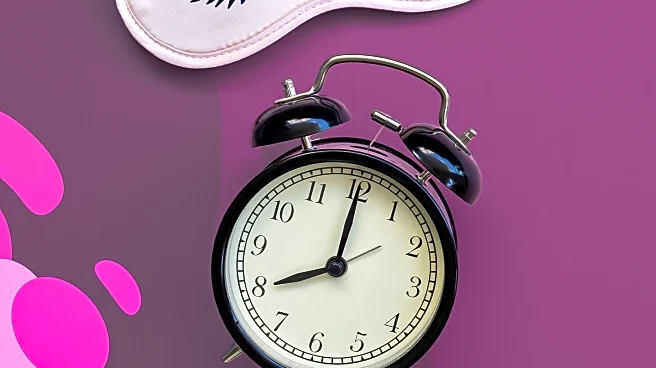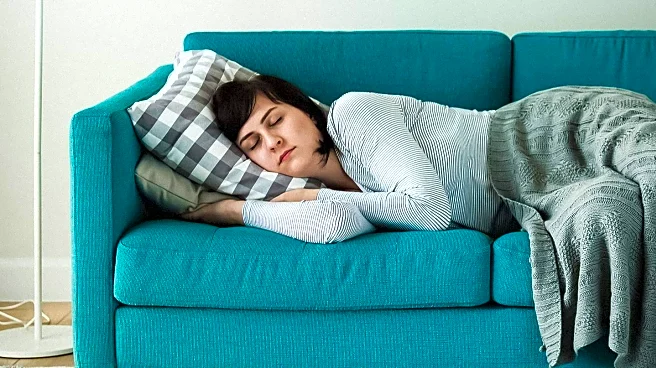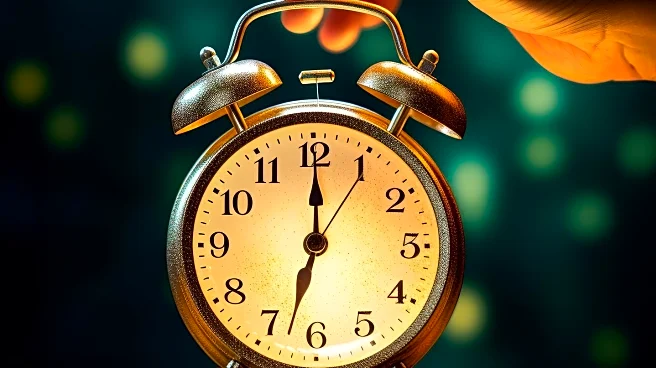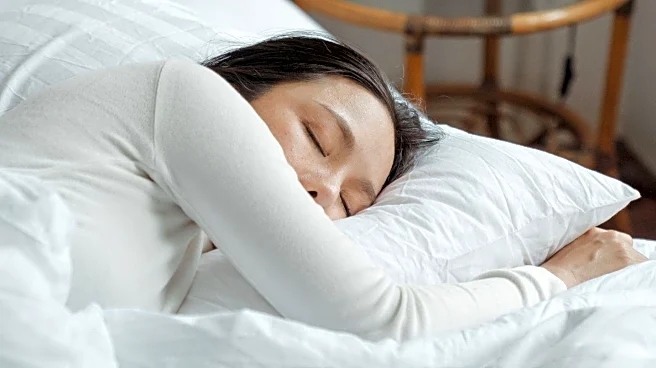What's Happening?
As daylight savings time ends, many individuals may find it challenging to adjust their sleep schedules. A variety of alarm clocks are being highlighted as potential solutions to help ease this transition.
These devices range from traditional loud alarms to more sophisticated models that simulate a sunrise to wake users gently. The Hatch Restore 3, for example, offers over 80 sleep sounds and a customizable sunrise alarm feature. Other options include the DreamSky digital alarm clock, which features a large LCD screen and USB ports for device charging, and a Blueair air purifier with a built-in sunrise alarm clock that also purifies the air. These products aim to improve sleep quality and ensure a smoother wake-up experience.
Why It's Important?
The end of daylight savings time can disrupt sleep patterns, affecting productivity and overall well-being. Alarm clocks that offer features like sunrise simulation and calming sounds can help mitigate these effects by promoting a more natural wake-up process. This is particularly beneficial for individuals who struggle with abrupt awakenings or have difficulty adjusting to time changes. By improving sleep quality, these devices can enhance daily performance and mood, making them valuable tools for maintaining a healthy lifestyle. Additionally, the integration of features like air purification and device charging adds convenience and multifunctionality, appealing to a wide range of consumers.
What's Next?
As consumers become more aware of the benefits of improved sleep technology, the demand for advanced alarm clocks is likely to grow. Manufacturers may continue to innovate, incorporating additional features such as smart home integration and personalized sleep tracking. Retailers could see an increase in sales as people seek solutions to adapt to time changes and improve their sleep hygiene. The ongoing development of sleep technology may also lead to further research into its effects on health and productivity, potentially influencing public health recommendations and consumer habits.











